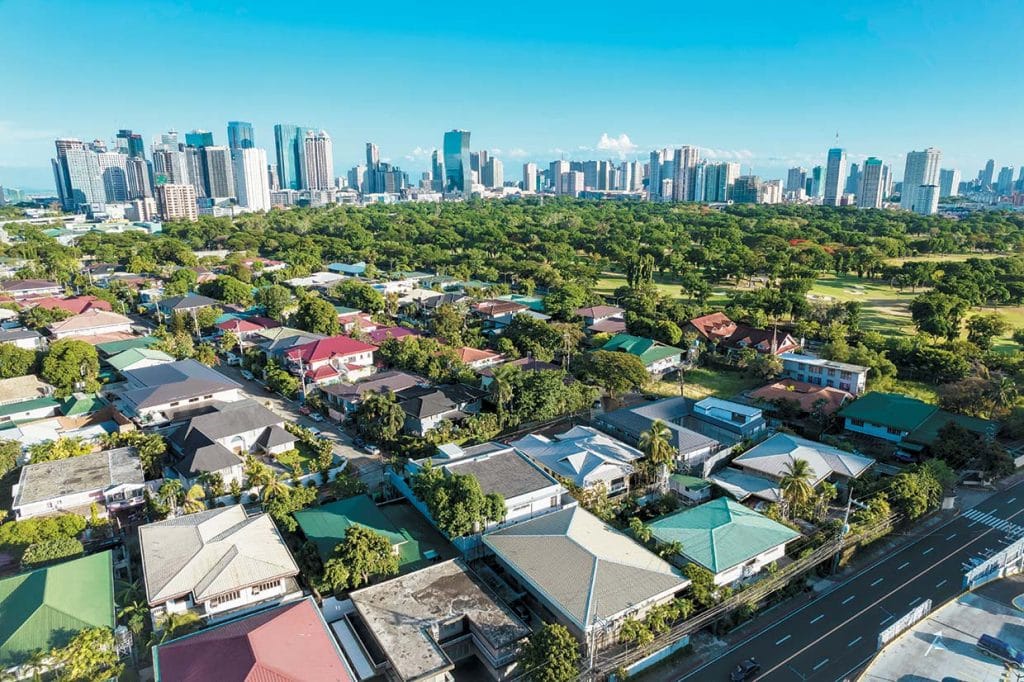According to the article, “The conversation about green real estate is moving on as corporates prioritize sustainability,” published by the World Economic Forum (weforum.org), buildings with green certification or sustainability credential yielded rent premium of six percent and sales premium of 7.6 percent, based on the studies conducted by Dalton and Fuerst in 2018.
Meanwhile, “63 percent of leading investors strongly agreed that green strategies can drive higher occupancy, higher rents, higher tenant retention and overall higher value,” according to Jones Lang LaSalle (JLL) in the same article.
Indeed, the shift to green property developments have been encouraged by benefits such as higher property values and increased rental income.
Sustainability in property development, however, should be more than about profitability.
It should be about partnering for peace and prosperity for both people and the planet.
Brief History
In 1979, the First World Climate Conference in Switzerland tackled the need to improve the knowledge and understanding about climate, and to prevent the adverse effects of climate change on humanity.
Years later, the United Nations (UN) tapped Gro Harlem Brundtland, a former Norwegian Premier, to lead the World Commission on Environment and Development in 1983. It released the report Our Common Future four years later. In it, sustainable development was highlighted and defined as “development that meets the needs of the present without compromising the ability of future generations to meet their own needs.”

By the 1990s, the Earth Summit in Rio de Janeiro, Brazil rallied the world to adopt a comprehensive plan of action for sustainable development, aimed at improving human lives and environmental protection, while the Kyoto Protocol took steps to combat six major greenhouse gases emissions by setting reduction targets to stop the harmful climate change.
Fast forward to 2015, the 2030 Agenda for Sustainable Development was adopted to provide a shared blueprint for 17 Sustainable Development Goals as its core, including Goal 11: Make cities inclusive, safe, resilient and sustainable.
Sustainability in Property Development
Why go into sustainable property development? Here are a few reasons:
Cities occupy only three percent of the world’s land area but are responsible for 60 to 80 percent of energy consumption and 75 percent of carbon emissions.
The real estate industry consumes over 40 percent of global energy per year while buildings account for 20 percent of global greenhouse gas emissions.
Nine out of 10 people urban dwellers breath air that do not meet the World Health Organization’s quality guidelines, with air pollution causing about 4.2 million premature deaths in 2016;
Sustainable developments improve and enhance the building structure’s operational efficiencies and lessen costs, as shown in the reduced use of energy and efficient use of resources, among others.
Raw materials used are often ecologically-friendly and bought from suppliers that meet natural resource protection, address unwarranted wastage and depletion concerns, while complying with green production practices or methods.
Water consumption is greatly cut with the use of water-saving technologies such as low-flow fixtures and installation of rainwater harvesting facilities.
Green buildings aim to lower the carbon footprint that effectively lower the impact on the environment; and
The whole community will reap the benefits of sustainable developments because of their less pollutive effect, thus creating a much healthier place for all.
Much needs to be done to obtain the full benefits everyone aims to harvest. Our future generation requires your support in sustainable real estate developments.
References: “The conversation about green real estate is moving on as corporates prioritize sustainability” (weform.org); Sustainable Cities: Why They Matter (un.org); Sustainable investment in real estate (rics.org)
* * *
Henry L. Yap is an architect, environmental planner, former real estate practitioner and senior lecturer. He was recently appointed as one of the Undersecretaries of the Department of Human Settlements and Urban Development.
